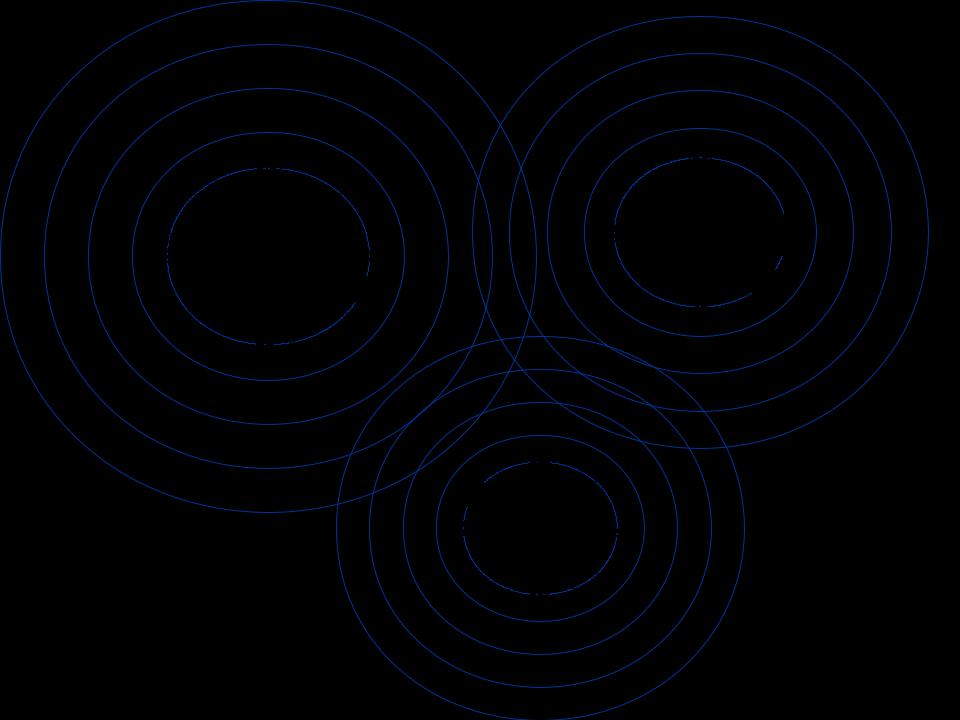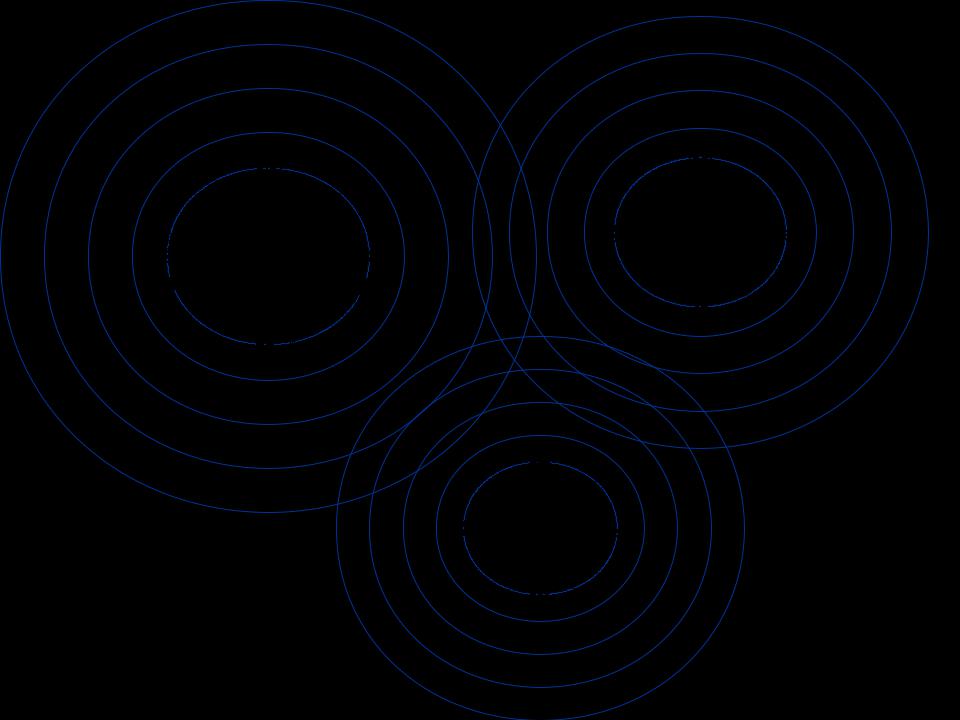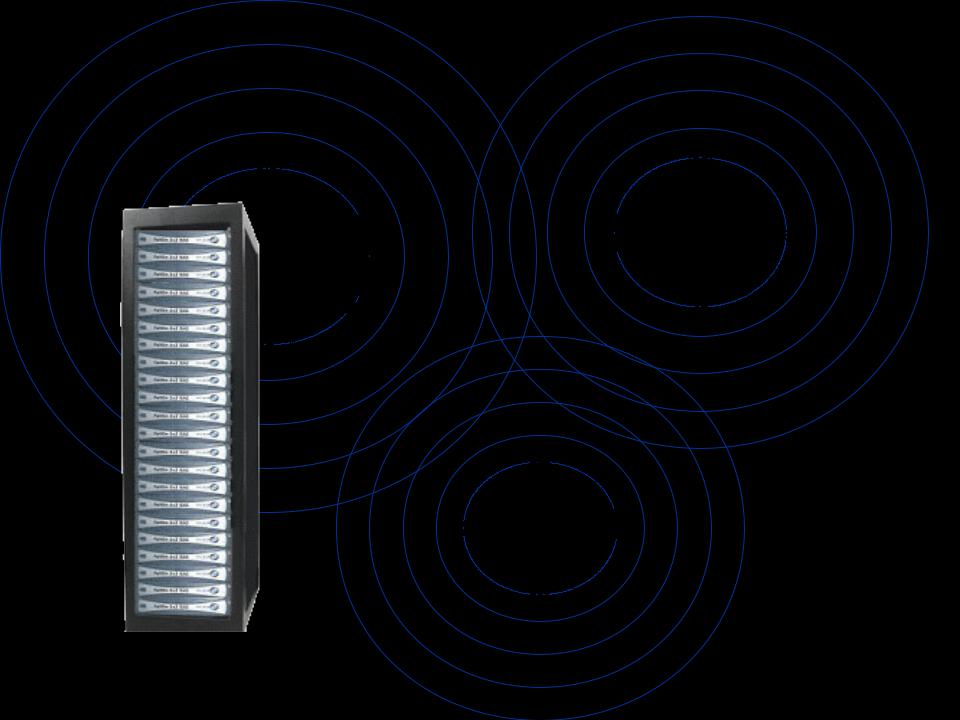
- •Optimization of Nonlinear,
- •Presentation Outline
- •Project Goals
- •Microgravity Fluid Research
- •Strong
- •Microgravity Test Facilities
- •Test Facilities
- •Test Facilities
- •Microgravity Simulation
- •Governing Equations
- •MGFLO
- •Optimization Theory
- •Nelder and Mead’s Method
- •Simplex Steps
- •Previous Work
- •Code Overview
- •Code Functions
- •Debugging & Validation
- •Optimization Path
- •Limitations
- •Applications
- •Particle Tracing Algorithm
- •Convergence History
- •Convergence History
- •Conclusions
- •Recommendations
- •Questions?

Optimization of Nonlinear,
Coupled Fluid-Thermal






 Systems
Systems






 Carrie Keyworth and Benjamin Kirk
Carrie Keyworth and Benjamin Kirk





 Advisors: Dr. Graham Carey and Bill Barth ASE
Advisors: Dr. Graham Carey and Bill Barth ASE



 463Q
463Q 






May

 3, 2000
3, 2000









Presentation Outline
• Overview
•Project Goals



•Microgravity Research
•MGFLO
•Optimization Theory





• Previous Work
•Code Details

•Overview







•Validation
•Applications
•Conclusions
•Recommendations

Project Goals
•To 
 Design and
Design and

 Implement an optimization algorithm for a fluid-thermal simulator
Implement an optimization algorithm for a fluid-thermal simulator
•MGFLO
•Boundary Condition Manipulation

Microgravity Fluid Research
• Surface Tension |
• Liquid Bridges |
|||
• |
Smallest Surface Area |
• |
ALEX: A Liquid |
|
|
Possible |
|
Electrohydrodynamics |
|
• |
Dominated on Earth by |
• |
eXperiment |
|
Surface Tension |
||||
|
Gravity, which Makes |
|||
|
|
Dominates with |
||
Surfaces Flat |
Decreased Electric |
|
|
|
Field |
In a microgravity environment, surface tension and
thermocapillary effects can be dominant.

Strong
Field
Weak
Field

Microgravity Test Facilities
• Drop Towers
• Evacuated tubes
 used to
used to

 expose experiments to several seconds of microgravity
expose experiments to several seconds of microgravity
• Only short durations of microgravity are 










 achieved
achieved 


Test Facilities
• NASA’s KC-135

“Vomit



 Comet”
Comet”







• Parabolic flight pattern can produce up to 30 seconds of microgravity
• Several periods of microgravity in one flight

Test Facilities
• Sounding Rockets
• Also flown in a


 parabolic flight path to produce microgravity
parabolic flight path to produce microgravity
•Can provide 6-7 minutes of
microgravity

Microgravity Simulation
•



 Computational Fluid
Computational Fluid
 Dynamics
Dynamics



 (CFD) allows cost-effective
(CFD) allows cost-effective 

 microgravity simulation
microgravity simulation
•Advances in parallel supercomputing allow large problems to be solved


Governing Equations
• Incompressible Navier-Stokes Equations:
|
|
|
|
|
|
|
u |
||||||
|
t |
u u |
f |
T Tref g |
||
|
|
|
|
|
|
|
u 0
• Energy Equation:
T |
|
|
|
|
|
cp |
t |
u T |
k T Q |
||
|
|
|
|
|
|
